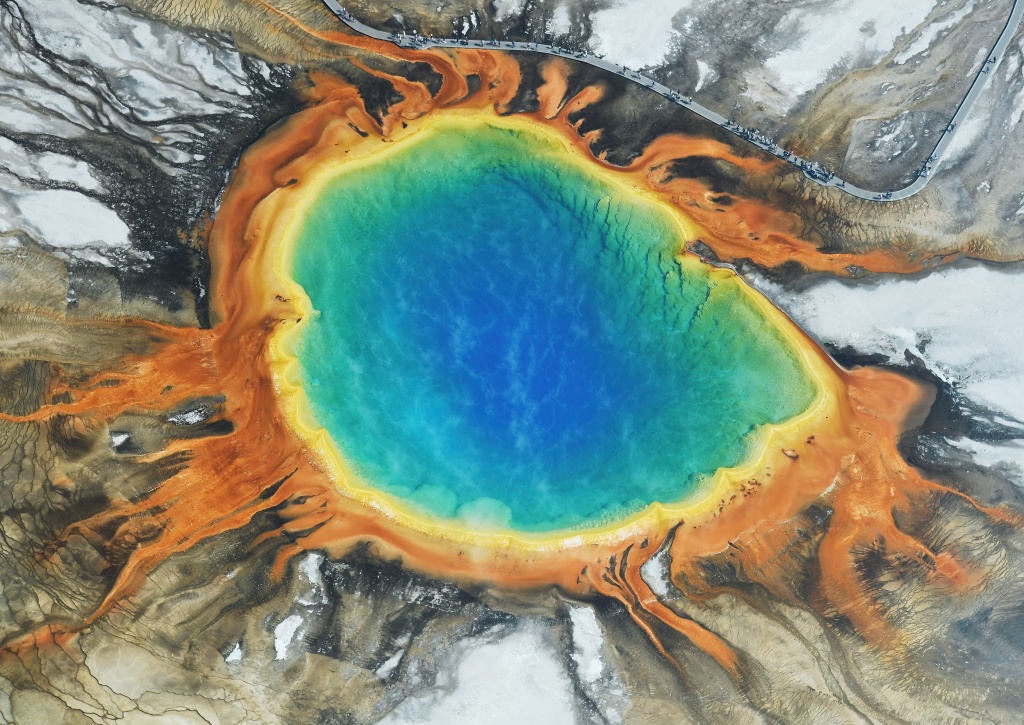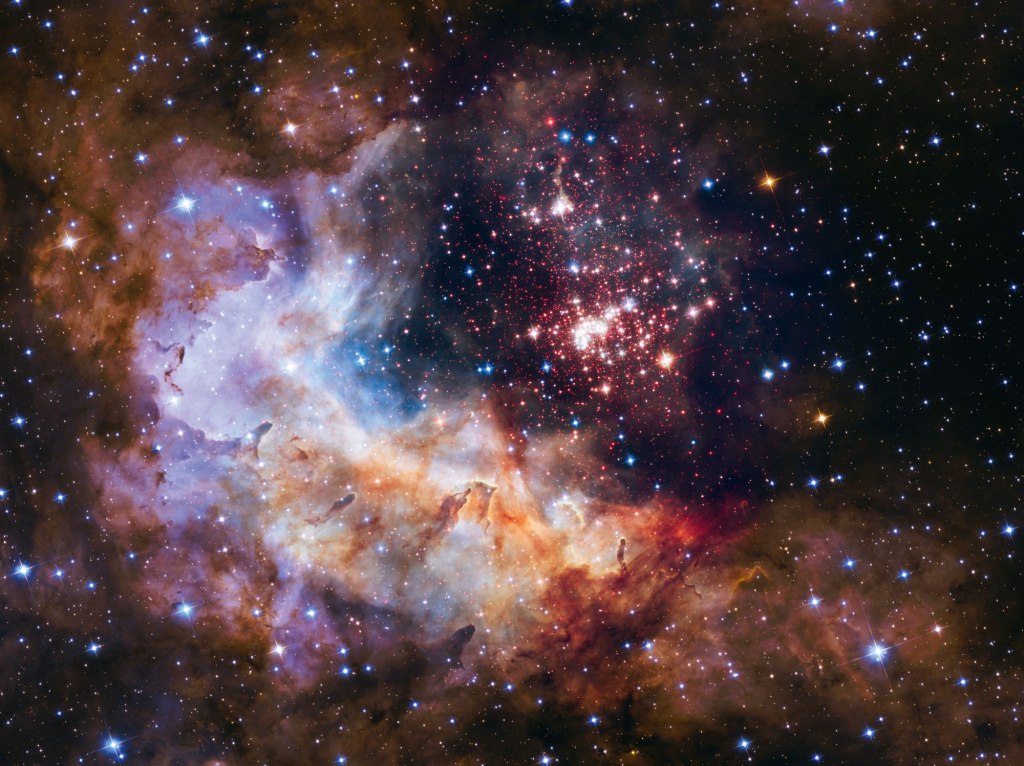About a month ago, my roommate and I decided to download this app called Spaceflight Simulator. We both really like space and thought we would give it a try. We both used to play this game called Into Space, when we were younger and while that one was fun, it did appeal to younger kids though so it wasn’t super accurate. So we thought we would give this one a try. And this new game we found is so cool and surprisingly really accurate.

Video from Steam
This game is awesome! It uses realistic physics when launching and navigating your rocket through space. You have to take things into account like weight, thrust, drag, friction, collisions, fuel, if your spacecraft is getting too hot, all of the things engineers actually have to worry about but without the risk. There are a few objectives in the game like land on the moon, make it 25km out of the atmosphere and such but you can really just play around with different rocket designs if that’s more of your jam. The distances to different planets are accurate, and because of that they add a speed up time feature. Because we can’t get to the moon very quickly, they allow for you to speed up the process of your travel. All the trajectories and fuel loss and everything stays consistent but you don’t have to leave your phone on for three days to get to the moon. The planets also travel in orbit so you have to predict where they’re going to be and where you’re going to be at the time you want to land on it. I will say landing is the hardest thing to do. Maybe I’m just bad, but I’ve crashed into the moon about a thousand times, I can’t slow down fast enough to actually make a stable landing. I love this game and I think anyone who likes space should give it a shot. It’s free on the app store and I find myself playing this in between classes to see if I can actually land on the moon properly. Maybe one day.












